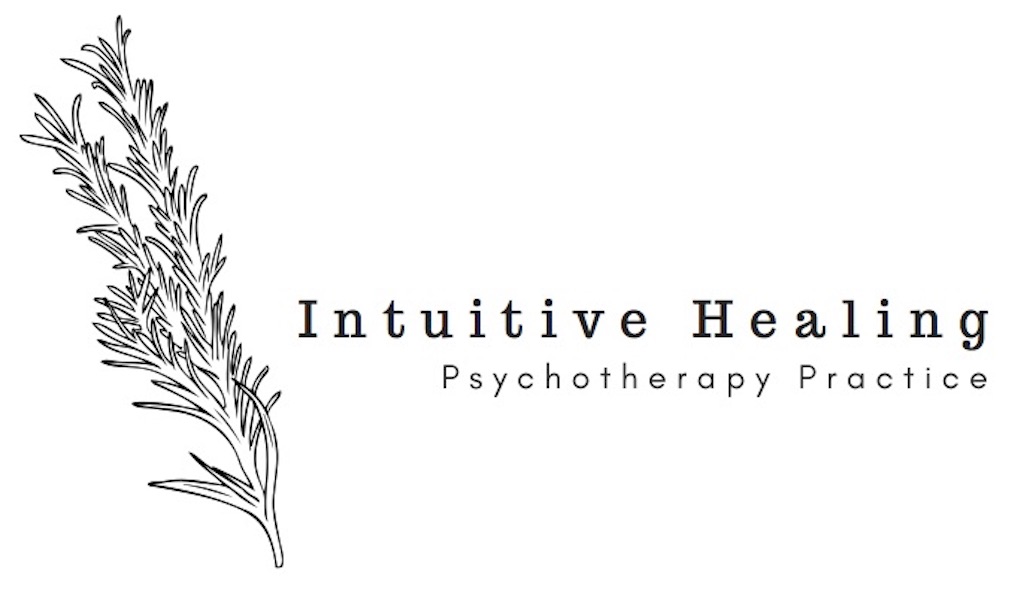Can Maslow’s Hierarchy of Needs Explain our Marriage Needs?
Alana Barlia, LMHC
In an episode of NPR’s podcast Hidden Brain, called “When Did Marriage Become So Hard,” professor Stephanie Coontz suggested that the reasons people marry have changed throughout history as generations of people have moved through Maslow’s Hierarchy of Needs. Maslow’s Hierarchy is a theory of human motivation created in the 1940s by Abraham Maslow, which describes human need and desire as a pyramid. It begins with our most innate needs as the foundation - food shelter air - and moves up in 5 levels from there: basic human needs (food, shelter), safety needs (safety, security), love needs (intimate love and friendships), esteem needs (success and accomplishment), and finally self-actualization (achieving one’s highest potential). I agree with NPR’s podcast which says that as generations of people have moved through time, they have also moved up the pyramid in terms of needs and motivation. However, I would take this theory one step further to help explain the new trends in marriage as we see it in millennials: marrying later, marrying less, and marrying more successfully.
Why do people get married?
Historically, love has been looked at as a luxury not a necessity. Marriage was an institution designed strategically for economic sharing of resources - a means of guaranteeing survival of the fittest. Marriage was most often a joining of families and people to create the most efficient lifestyle. For example, a baker may marry a farmer’s daughter, creating shared resources as a means of sustainable living.
So what does love got to do with it?
It wasn’t until the late 1800’s that we saw an increase in ‘love’ as a determining factor in marriage. In the mid 1800’s into 1900s ‘love needs’ as Maslow described it, began to be an important factor in the decision to marry - and thus we saw the rise of society’s ‘love of love’. With more of society's basic needs being met, including less economic strain, more financial stability, a boom in transportation and city living, and more independence both financially and creatively for women, society began to see more of an emphasis on the need for love. And what better way to have our love needs met than with lifelong partnership?... or so we thought.
Not to say that love is not a basic need - as Maslow described it, it very much is. It is human nature to move toward others and toward relationships. We have an innate desire to be part of a pack and within a team. Marriage provides security and safety, and often fulfillment that platonic relationships do not fulfill. But with the boom in marriage for love, also came a spike in codependency and the need for marriage to be the only thing that fulfills us. Society’s obsession with marriage is rampant - from Hallmark holidays, to music, movies and television, to advertisements, to our obsession with weddings.
And as the obsession with love grew, as have rates of divorce in the US. Today, rates of divorce are around 40%, an outstanding number when compared historically. This is due to a combination of logistical factors- economics, less stigma around divorce, furthering from religious beliefs, etc. I believe this is due to a misunderstanding about the concept of love. Just as Maslow’s hierarchy of needs does not end with our love need, we do not end with marriage.
Self Actualization
For many people, a sense of fulfillment comes from being married, however millennials are getting married at a lower rate than previous generations. Studies show that millennials are marrying at a rate closer to 70%, while their baby-boomer parents married at a rate of 91%. Additionally, during the 1960’s, the average age of marrying was 21 and 23 for women and men respectively, while the average age for marrying in the 2010’s is 29 and 30 respectively. So what’s with the hold up?
Economic stability, social stability, career stability… these are all values that millennials are reportedly prioritizing ahead of marriage. But when did a value-based lifestyle become so important to millennials? In my opinion, this is due in part to Maslow’s hierarchy of needs, and our resources mobilizing us beyond the need for love and marriage… right into self actualization. Just as in the 1800’s when basic needs were being met and people began devoting their time to love needs, millennials are mobilizing beyond their love needs and into esteem needs and self actualization.
Self actualization is a state of living in one’s maximized potential; high creativity, high self-acceptance, high morals/values, and a need for a deeply satisfying relationship with self before others. This is not to say that the institution of marriage is null or outdated; actually we have been seeing a decrease in divorce rates in the millennials who are marrying, compared to their boomer counter-parts. This could be because the esteemed and self actualized person is marrying for reasons other than basic needs and societal luxury… they are marrying as a self possessed desire. The self actualized person does not discount the importance of relationships with others, but looks at relationships with others as an addition to their relationship with self. Thus, we may be able to look to Maslow’s Hierarchy as a means to explain why millennials are not only marrying later in life and less so than their ancestral counterparts, but why when millennials do marry, it is often more successfully.
